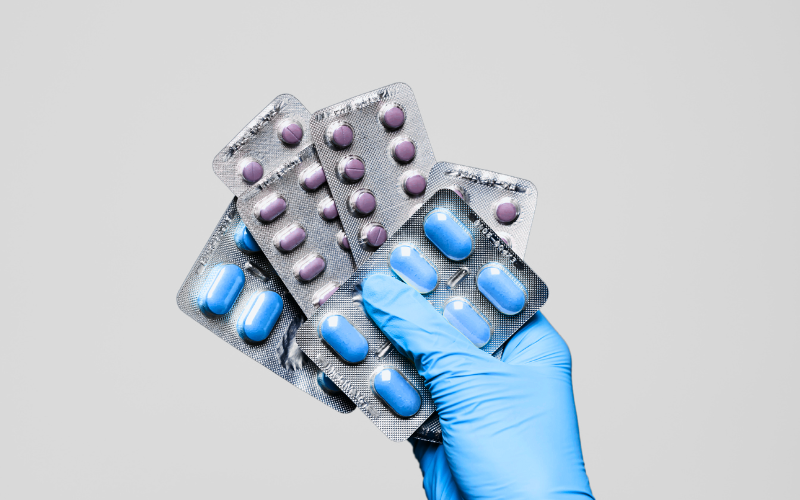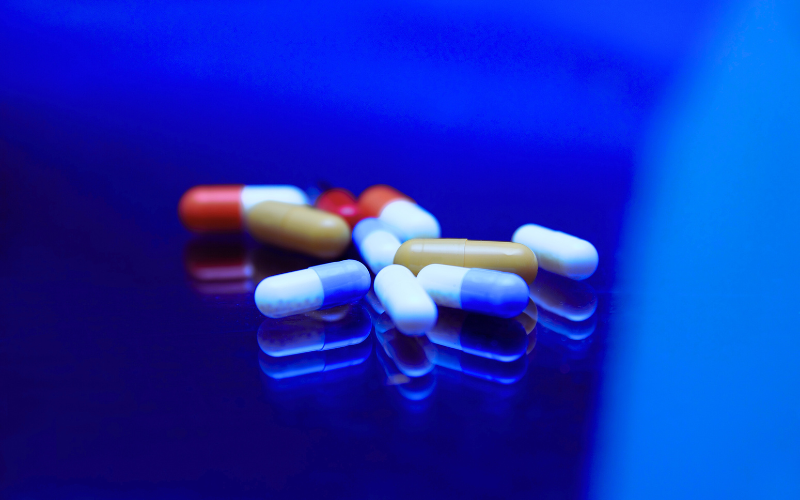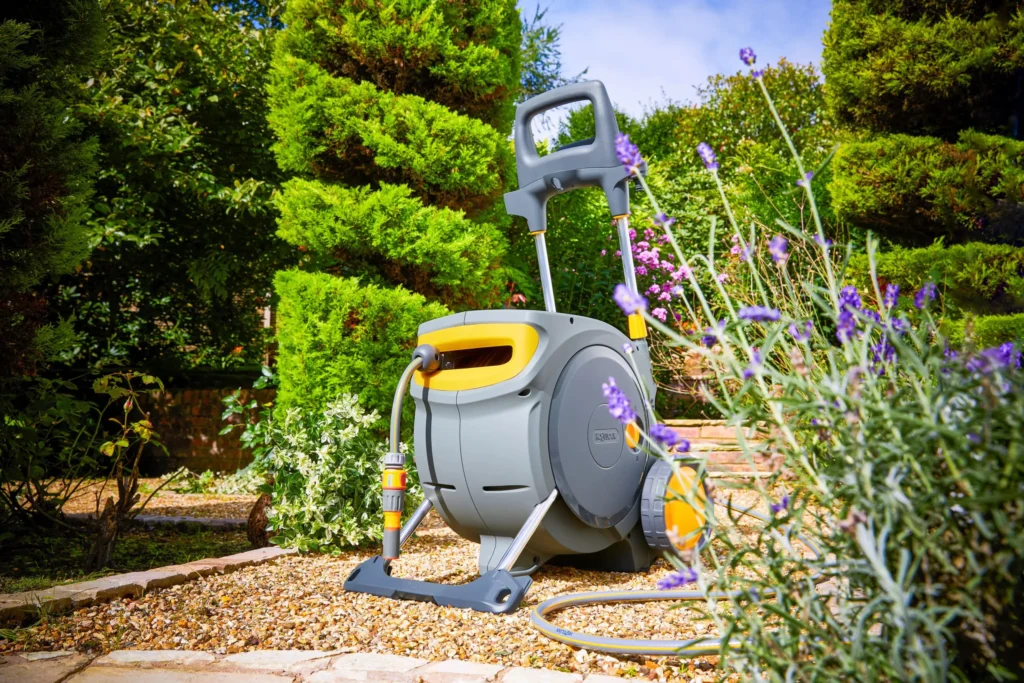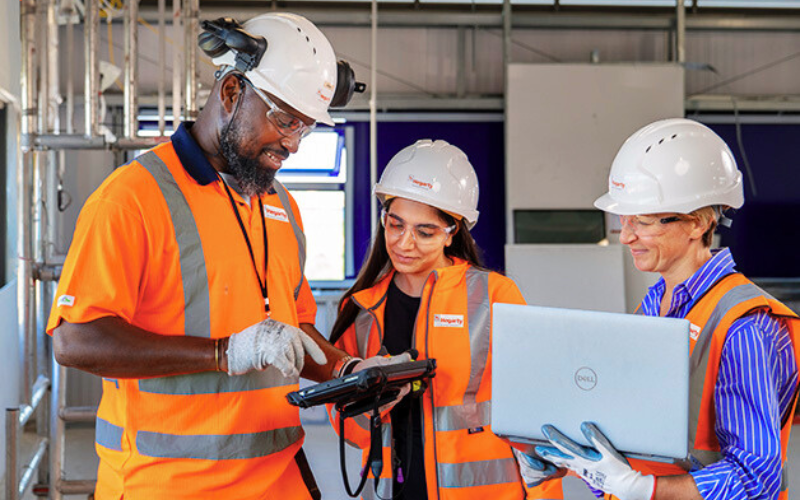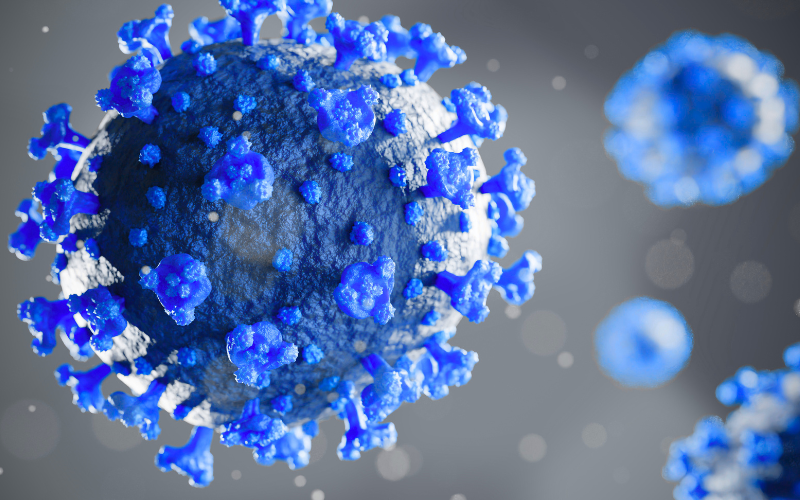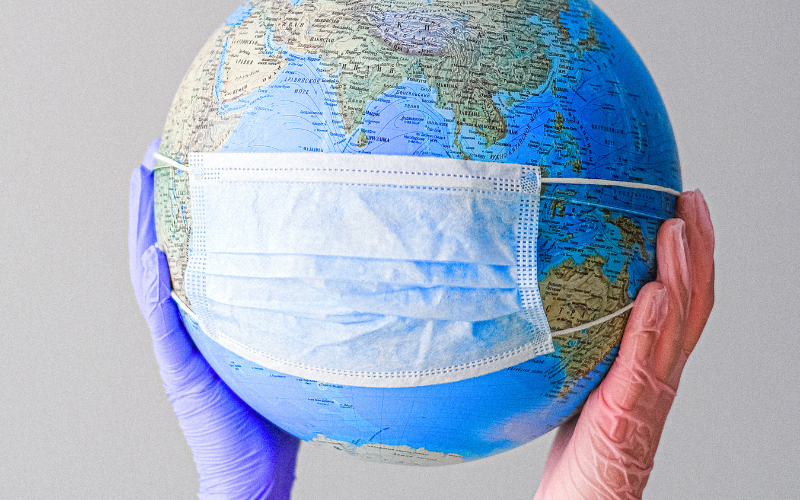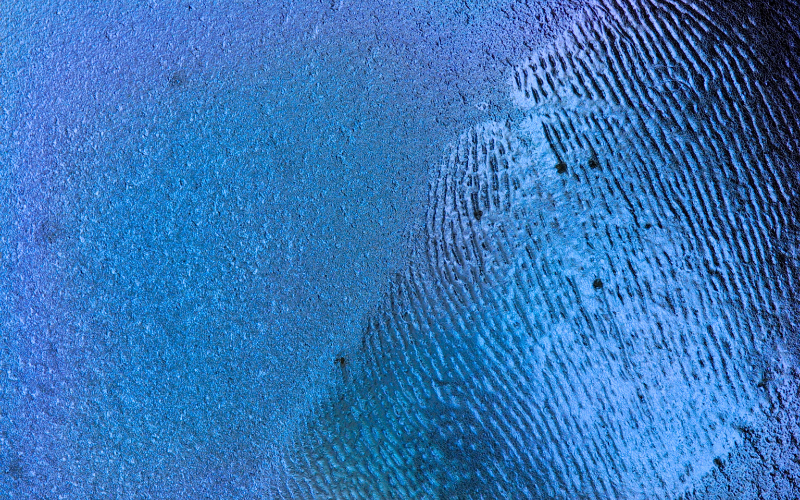Originally published by ISSUP (International Society of Substance Use Professionals)
Some workplaces in the UK are turning to a unique company with a fascinating new and noninvasive way to test for drugs in the workplace –Intelligent Fingerprinting. Using the company’s Drug Screening Cartridges, in the space of about 10 minutes, their DSR-Plus portable reader can have results. The cartridges work by detecting target drugs and their metabolites (substances produced by the body when a drug metabolizes) within tiny traces of sweat in fingerprints (Intelligent Fingerprinting, 2023). The system will generally pick up on drugs used within the past 24 hours, with some exceptions.
More and more studies are now researching the efficacy of the fingerprint testing method, including a 2019 National Institute of Health (NIH) study, which found that most tests had an accuracy rating of above 90%, compared with other collecting methods such as blood or urine. This new technology appears promising for the future of workplace drug testing (Hudson et al., 2018).
Potential benefits of this testing method include:
- Quick results
- Minimal training to administer
- Easy implementation (can be conducted anywhere)
- No collection or disposal concerns (leading also to reduced environmental waste)
- Can be done immediately following workplace incidents, or for reasonable cause
The company has gained accreditation with the United Kingdom Accreditation Service (UKAS) and is currently working on getting FDA approval in the US, while their confirmation test cartridge is already an approved FDA medical product, and their UK production site is FDA registered.
Of course, all companies should have a comprehensive drug-free workplace policy that outlines what happens should any drug tests return positive results, how those results will be confirmed, and subsequent actions that may be taken by the employer.
Resources
- Intelligent Fingerprinting. (2023, January 27). Simple, Non-Invasive Workplace Drug Testing | Intelligent Fingerprinting.
- Palletways adopts drug testing solution from Intelligent Fingerprinting | Business Weekly | Technology News | Business news | Cambridge and the East of England. (n.d.). https://www.businessweekly.co.uk/news/palletways-adopts-drug-testing-solution-intelligent-fingerprinting
- Fingerprint Drug Testing A Revolution for Workplace Drug Screening White Paper 2 | Intelligent Fingerprinting. (n.d.).
- Hudson, M., Stuchinskaya, T., Ramma, S., Patel, J., Sievers, C., Goetz, S., Hines, S., Menzies, E., & Russell, D. A. (2019). Drug screening using the sweat of a fingerprint: lateral flow detection of Δ9-tetrahydrocannabinol, cocaine, opiates and amphetamine. Journal of analytical toxicology, 43(2), 88–95. https://doi.org/10.1093/jat/bky068




